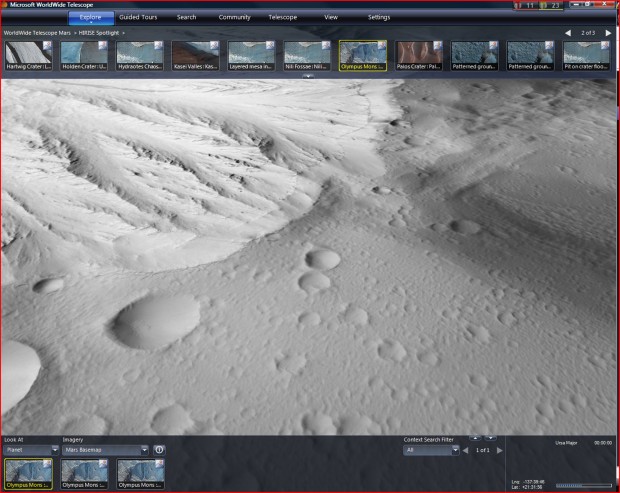
A vision of the school day of the future from Curtis Wong, principal researcher at Microsoft focusing on interaction, media, and visualization technologies. Wong has authored more than 45 patents pending in areas such as interactive television, media browsing, visualization, search, gaming and learning. Wong worked on Project Tuva, which links the lectures of Nobel Prize winning Physicist Richard Feynman with interactive simulations and related content and the WorldWide Telescope, which essentially turns a computer into a telescope and features the largest collection of ground and space-based imagery that can be accessed online.
Whenever I think about what a school of the future would be like, I remember the first time I visited the Vivarium Project Open School in Los Angeles over 20 years ago. It was conceived by Alan Kay and was exploring some new ideas around the classroom, the role of teachers and the potential impact of networked computers among other ideas in the ecosystem of learning.
My first impression in talking to the students in the classroom was that they were responsible for their own exploration and they worked in teams. The teacher spoke with the whole class for a few minutes about the broader goals of the exploration, but most of his time was spent with each of the small teams of students that were working on researching and exploring problems in the context of the larger goals. The teacher was more of a coach and provided suggestions for areas to explore rather than giving answers to questions. Students were challenged and sought out resources to help themselves to understand and build the solutions that helped them make progress to understanding the bigger problems.
To that end I can imagine the classroom of the future being organized loosely like the Vivarium Open School, but this time having much richer online resources that provide the full spectrum of instruction, exploration and assets and tools to allow students to research and construct their own learning experience and synthesize their learning, which can then be shared with others for further exploration by other students.
The teacher provides some guidance on the questions to be asked but the students are responsible in small groups that use rich online resources that allow for the learning to extend far beyond the physical walls of the classroom and allows for leveraging the real benefits of actually being in a classroom: the interactions between students and with the teacher to facilitate the process of inquiry and self discovery.


